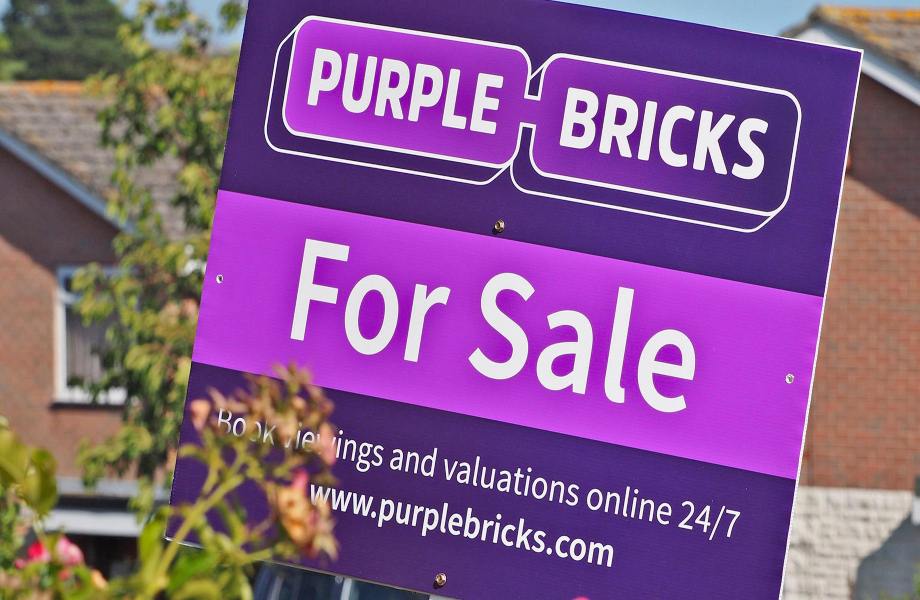
When no-frills real estate brand Purple Bricks launched in Australia three years ago, they announced that they were going to provide a discount option for vendors and claim the position of the ‘Aldi of Real Estate.’
This statement should have raised alarm bells and was a hint that their view of the Australian real estate market was so off the mark that it would spell eventual disaster for Purple Bricks.
Aldi is now the most trusted brand in Australia so they were making a confident and ambitious reference point for consumers. But as an Aldi shopper who can appreciate a 30-35% saving on my grocery bill, I would never place my most valuable asset in the hands of an inexperienced estate agent all for the sake of saving $30,000.
Research conducted by Purple Bricks on the Australian market obviously told them something different. They embarked on an aggressive $20 million a year advertising schedule, spent predominantly on expensive television ads, in an attempt to devalue the offering of traditional real estate agents and convince Australian home owners that a no-frills model could achieve the same sales result.
The public didn’t buy it and the Purple Bricks business never really went anywhere. What it has left behind is three important lessons for any business owner who’s ever questioned their pricing model and felt the temptation to discount.
There’s a big difference between price and value.
Being the cheapest in the market is rarely a sustainable business model on its own and the recent demise of discount brands such as the Reject Shop and the stratospheric rise of prestige brands across nearly every category shows. (For more on this, read my previous blog, The Tale of Two Retailers).
Purple Bricks entered the market with the somewhat arrogant assumption that houses sell houses and that estate agents add no value to the process. Their model even paid out commissions to the agents on listing rather than on settlement, meaning Purple Bricks agents had zero financial incentive to achieve a result for the vendor.
That aside, they soon found out that Australian vendors are happy to pay a premium for the certainty and peace of mind that their most valuable asset is in the hands of someone who knows what they’re doing and has a vested interest in achieving the best possible result.
When it’s an issue of trust, personal brands matter.
The estate agents who are winning big in the current market are those with a strong personal brand and a solid digital footprint. We’re currently seeing a complete inversion in the brands that Australian consumers trust and resonate with and the rise of the influencer model means that the strength and reputation of the individual often holds more weight than the master brand.
The Purple Bricks marketing strategy placed complete emphasis on the master brand, with little to no room for individual agents to be the star of the show. This might be how real estate worked a decade ago, but today, the reputation and the personal brand reputation of the agent is the key decision dynamic.
Be where your customers are
The Puple Bricks strategy was to come into the market, make a huge noise and buy market share. They spent $20 million a year on TV advertising (with significant wastage) and virtually nothing on digital or targeted marketing.
This just didn’t translate at a local level, where it matters. When property owners consider selling, there is a finite window in which they form their consideration set and conduct online research. Purple Bricks just failed to connect and were focused on brand building rather than business building.
A good lesson that sales built brands, brands don’t build sales.



